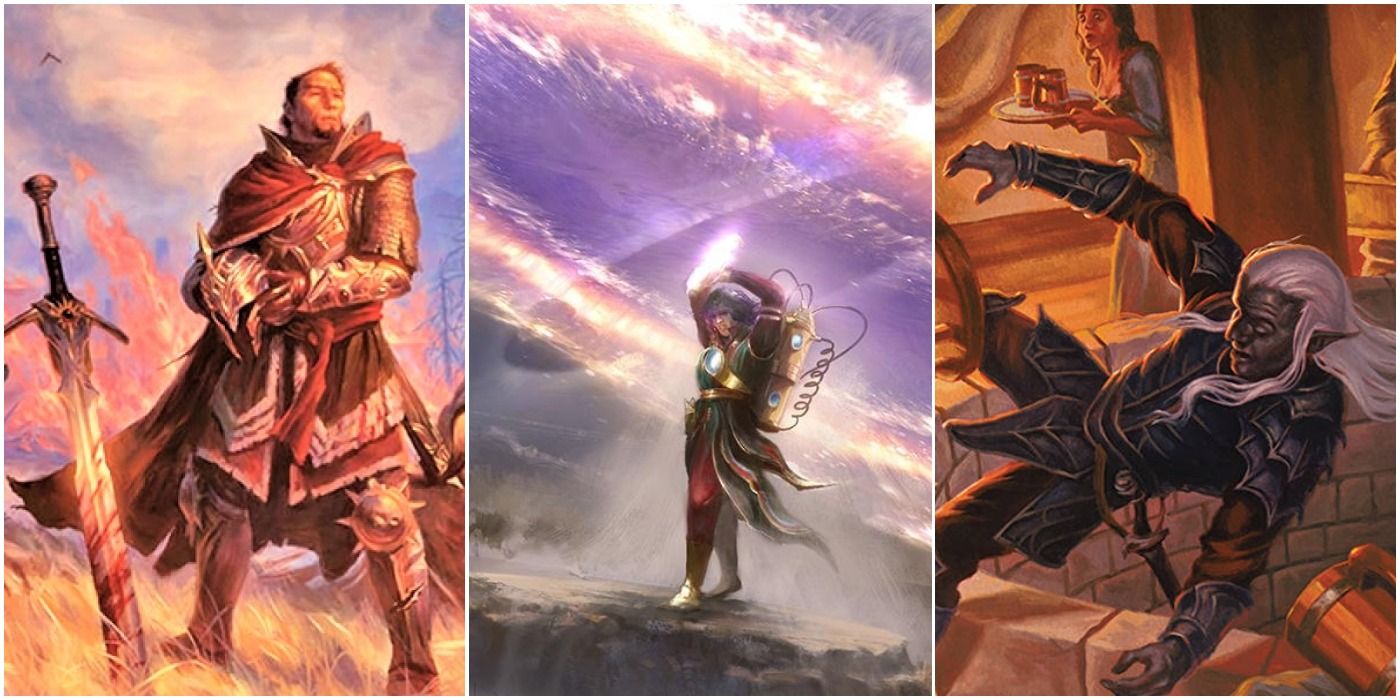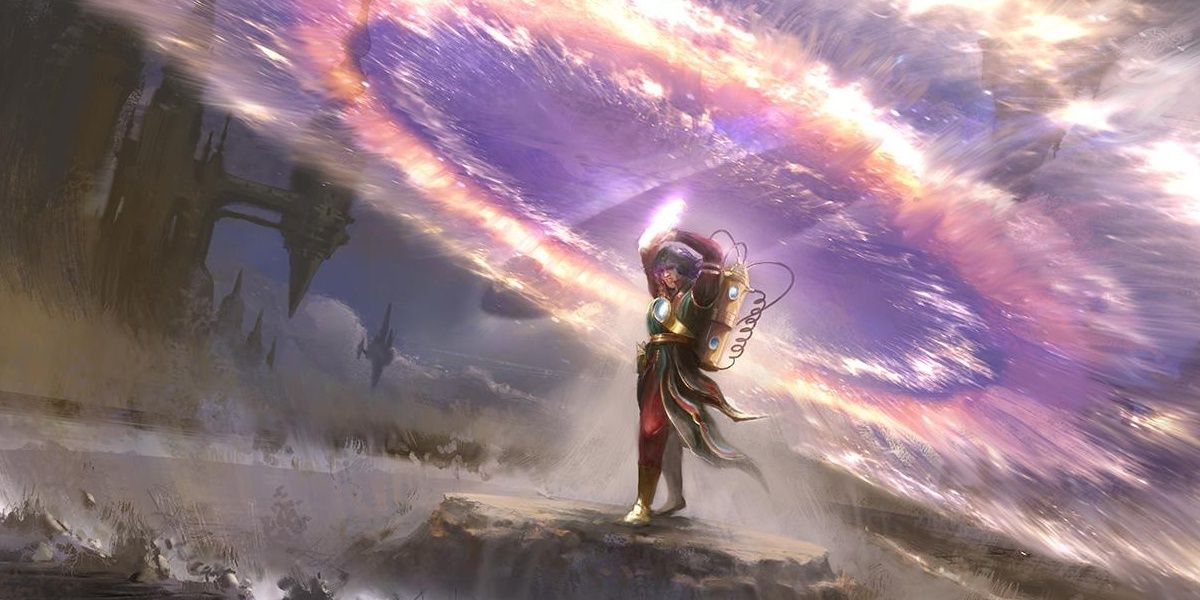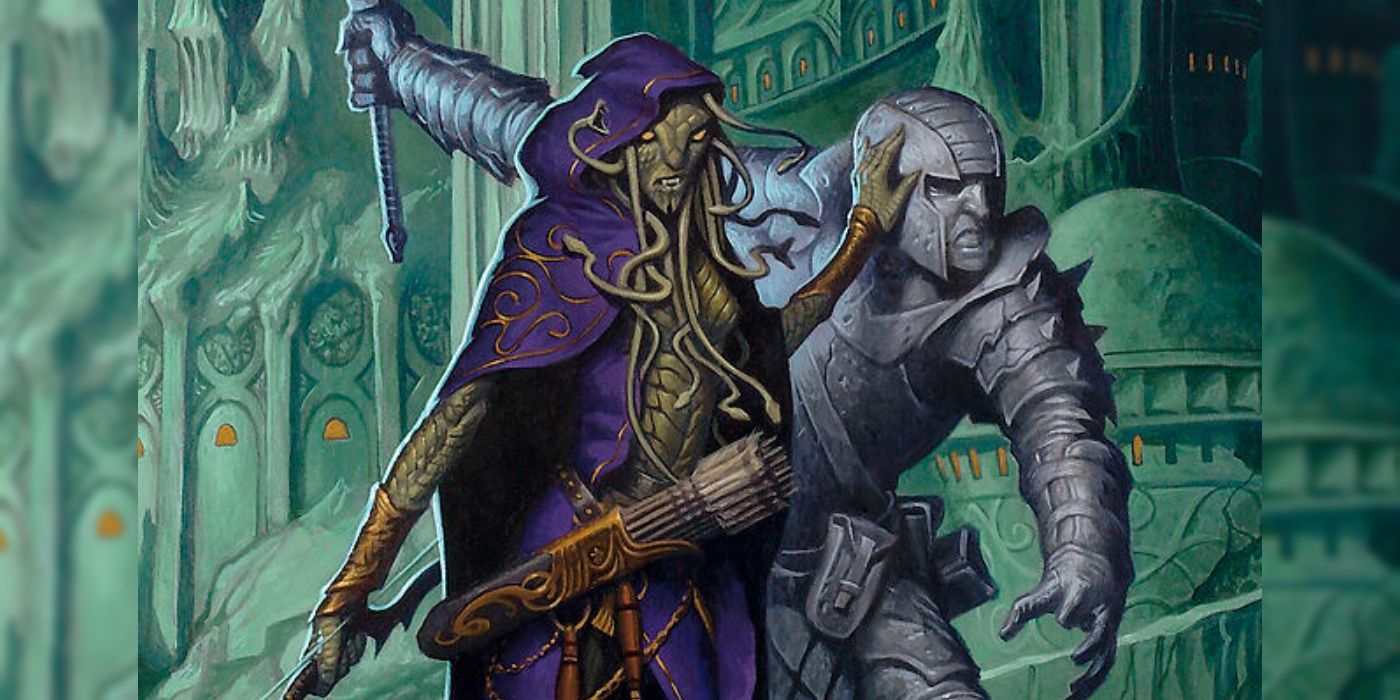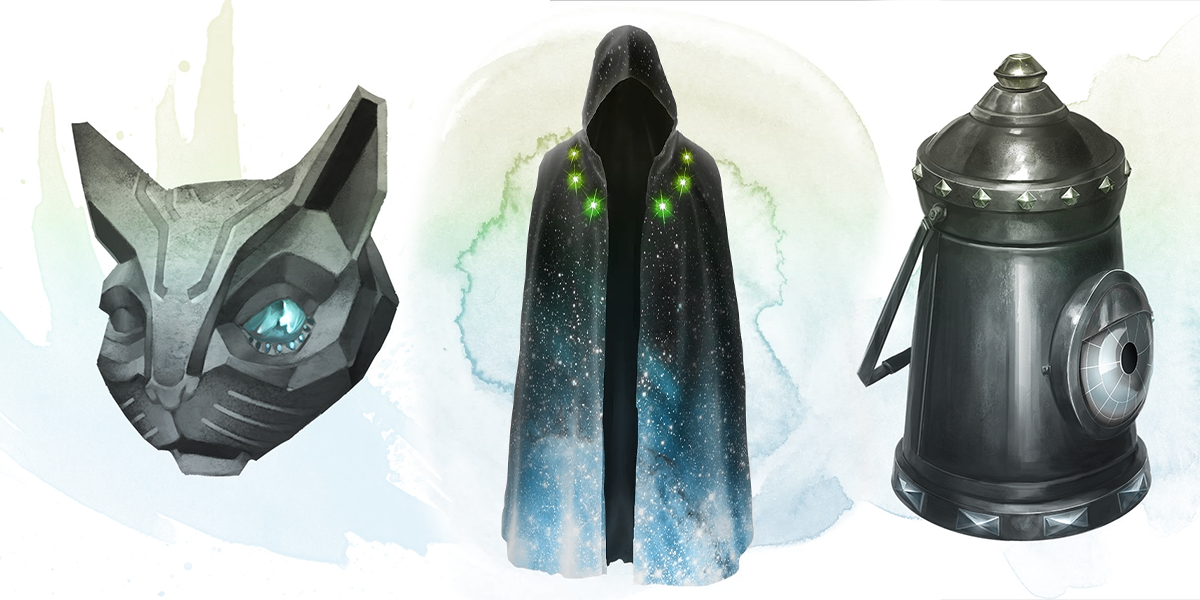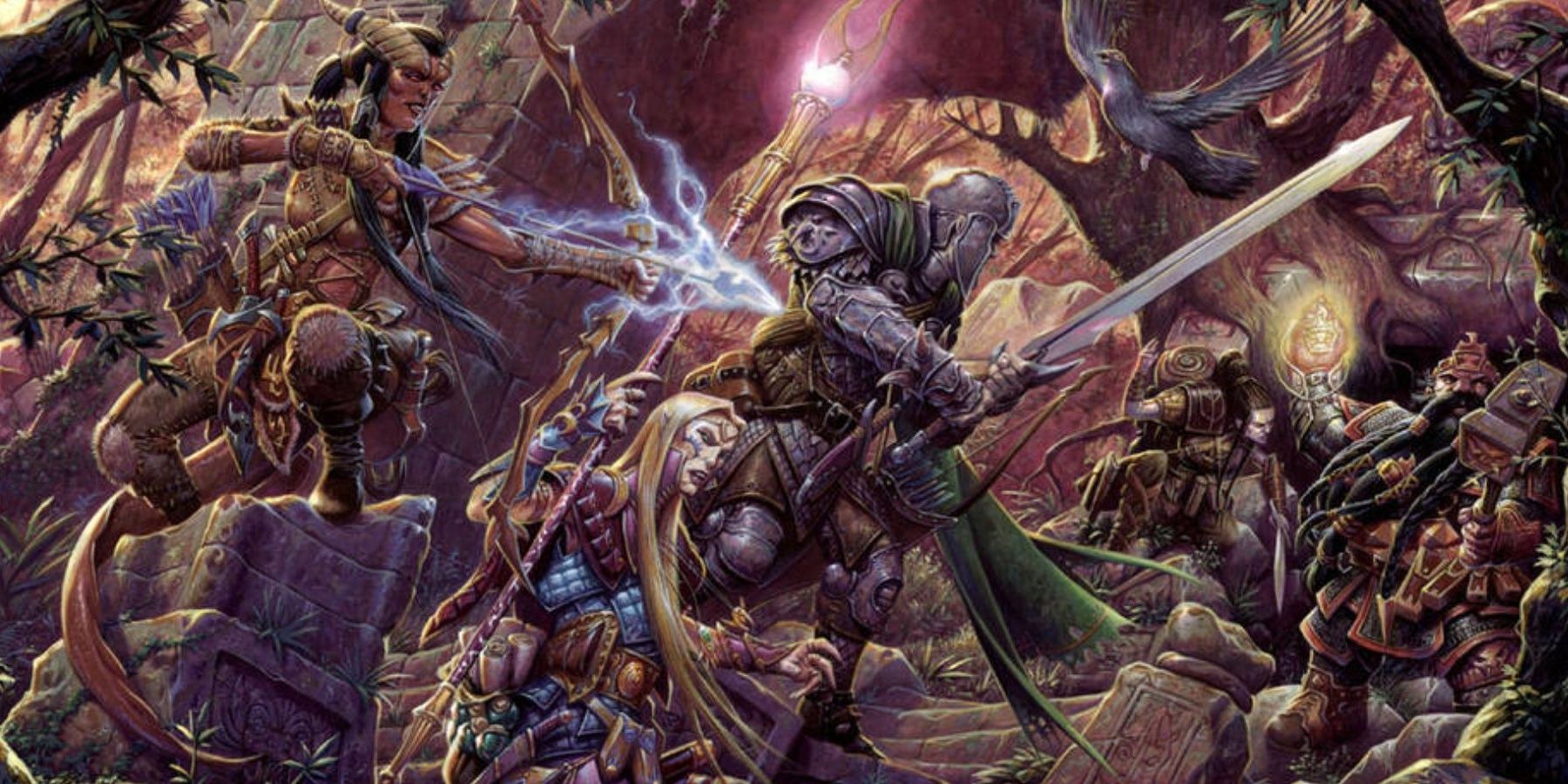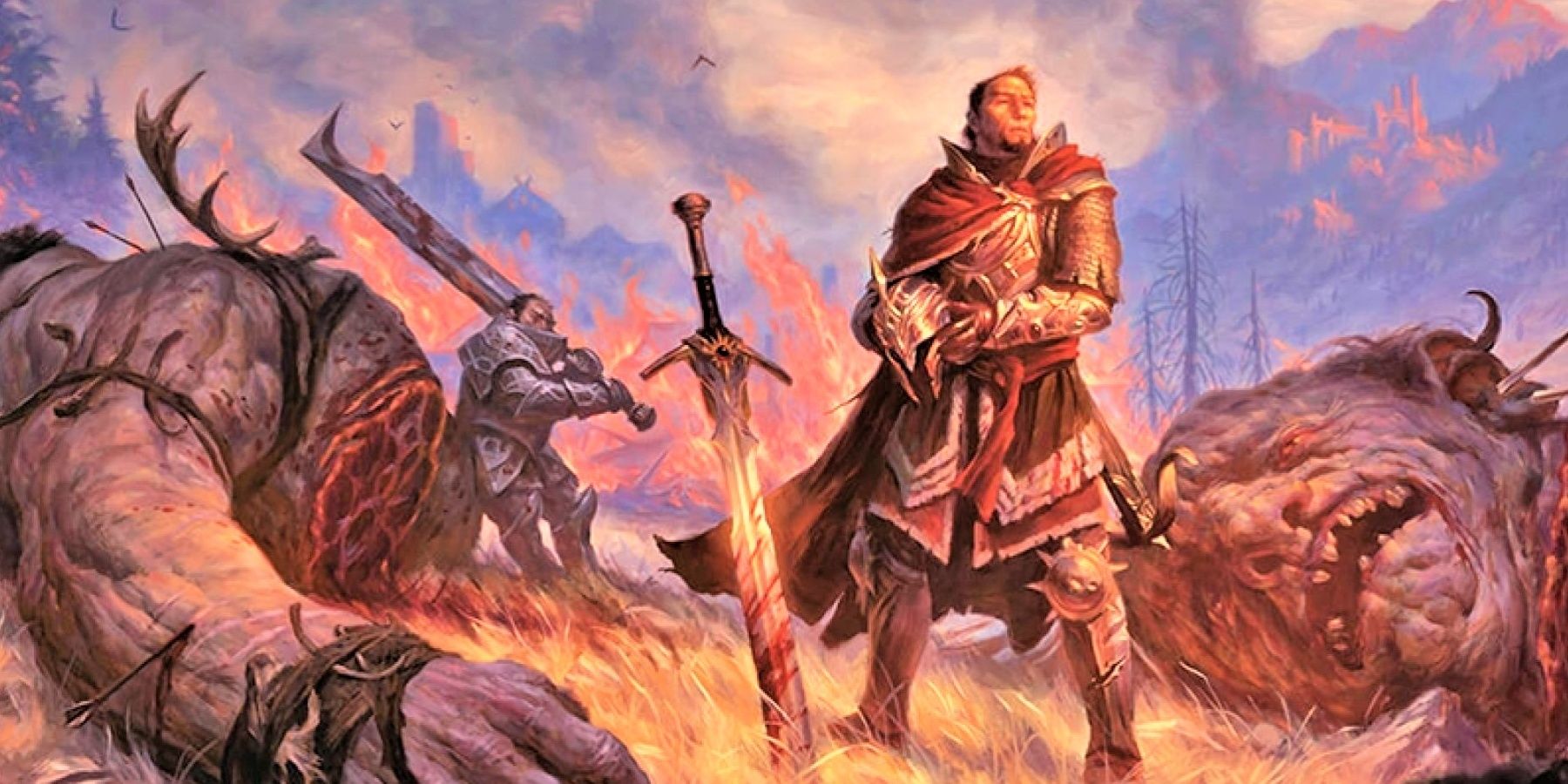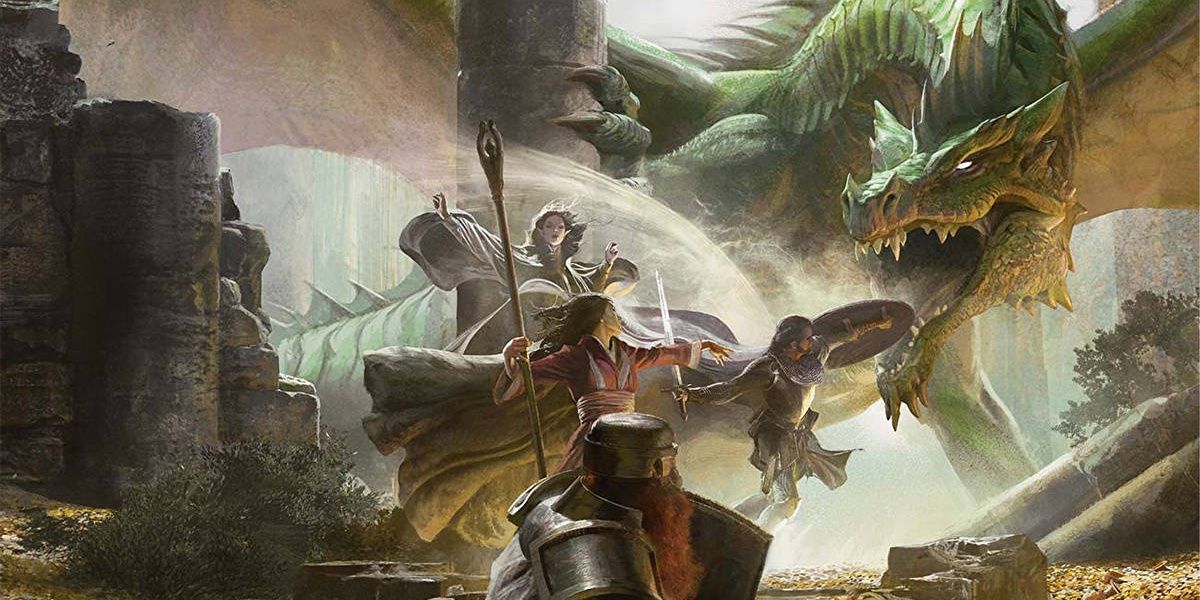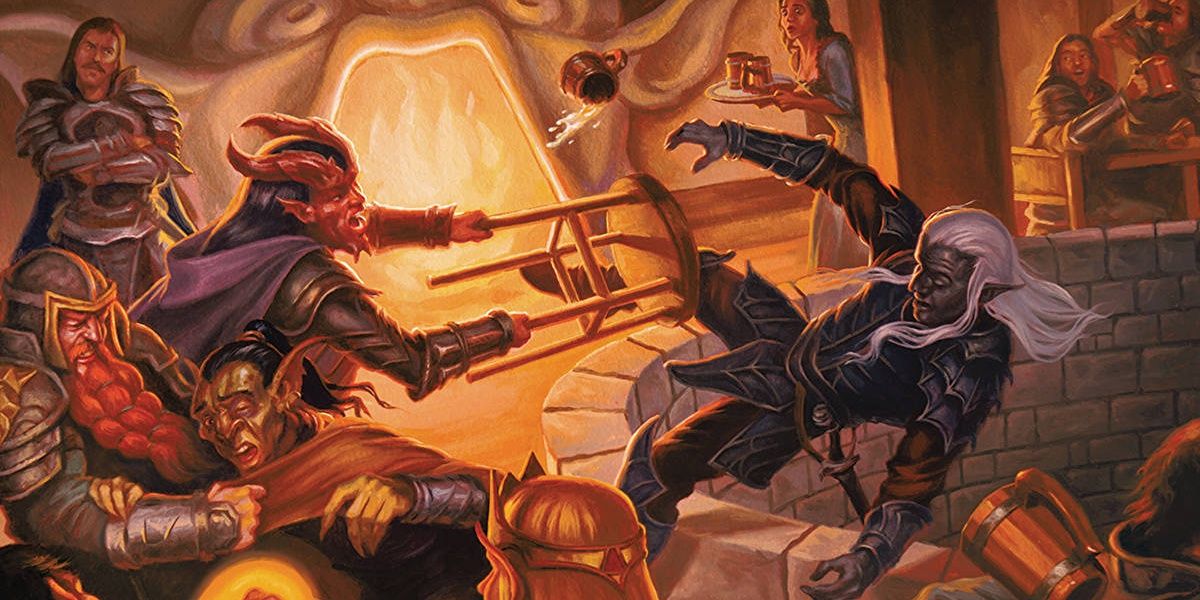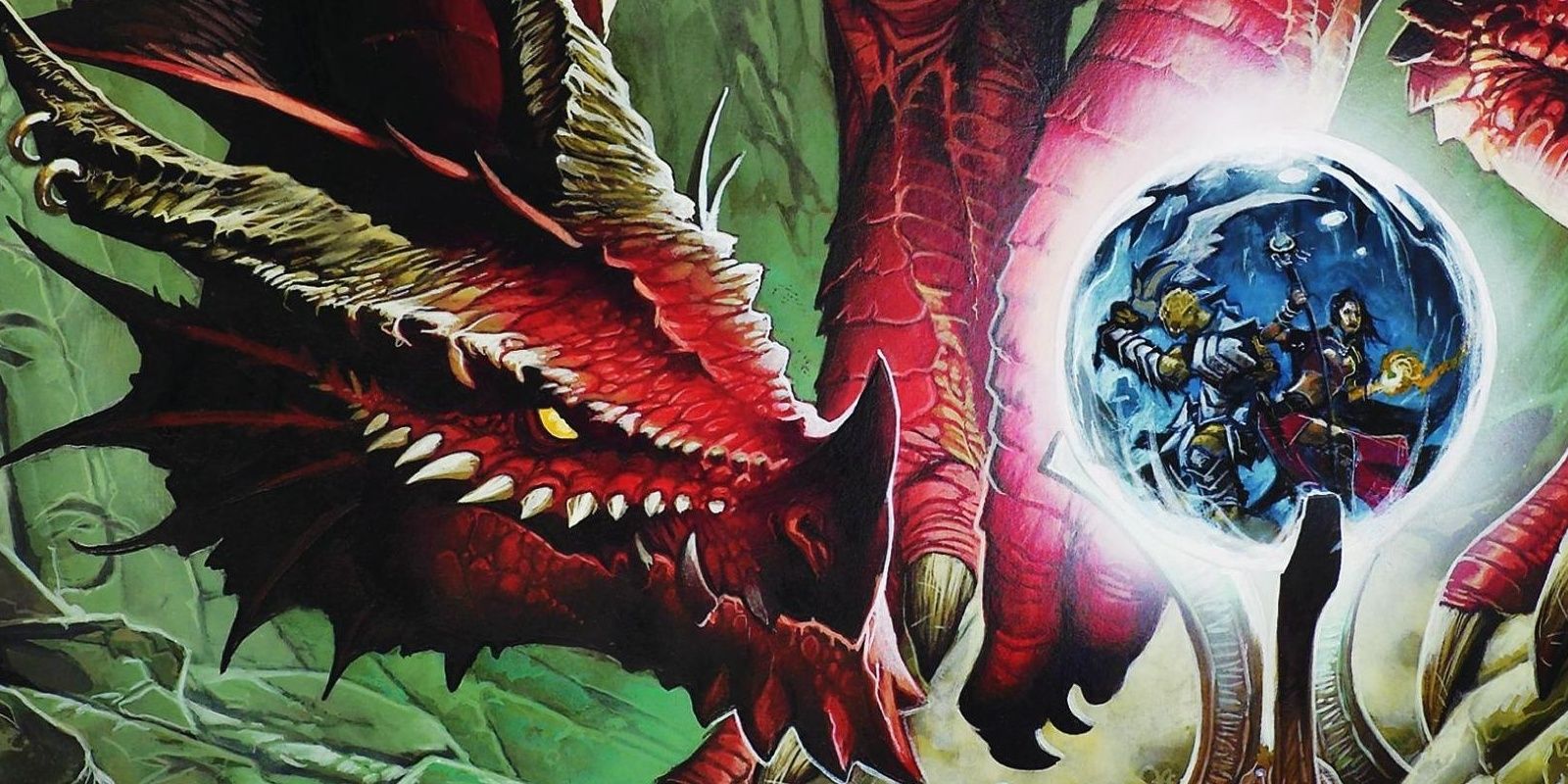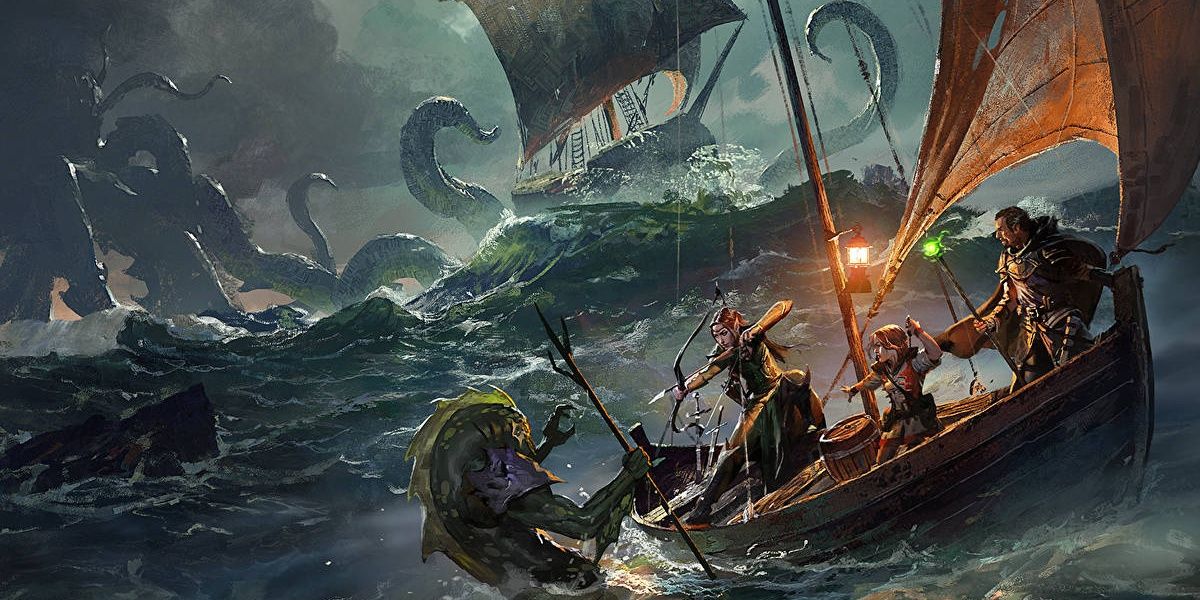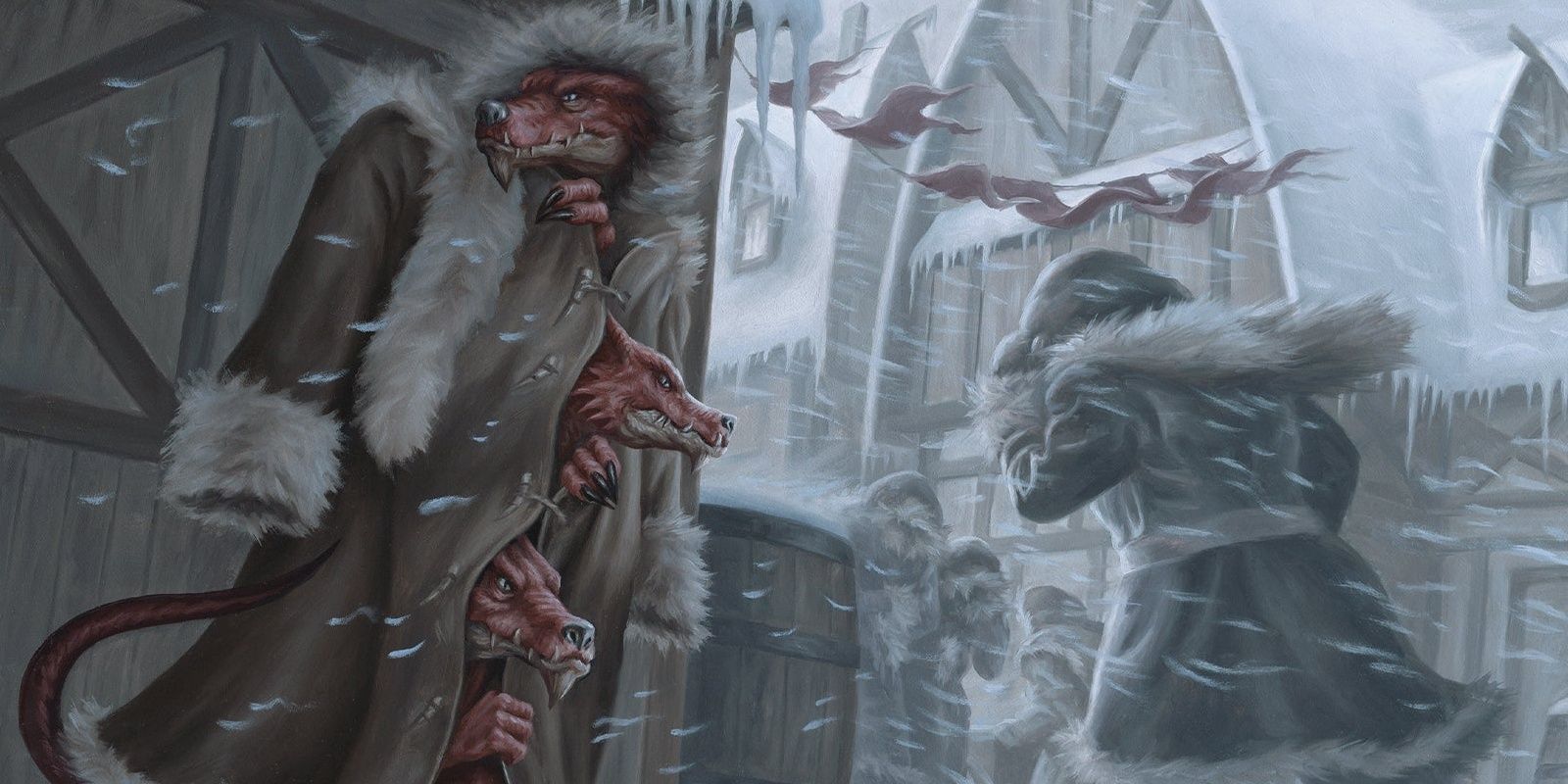Dungeons and Dragons DMs have a lot going on. One of their many jobs is traditionally to describe the world of the game and how it responds to players' actions. This can be a daunting task, especially with all the other things DMs have to keep track of.
A great skill to develop as a DM is how to describe the events of the game with a cinematic style, replicating that seen in television or movies. Running a game cinematically can be more exciting for everyone, and often makes DMing easier with a few simple techniques. Ultimately D&D is a collaborative activity, and a great DM will put these tips to use alongside their players to make for a game nobody will forget.
10 Have Players Describe Their Moves In Detail
A great way to start getting more exciting visuals into a game is to have each player describe in detail what happens when they use a new spell or ability. The books have good descriptions of how a spell looks when cast, but players can alter the aesthetics as much as they want without changing mechanics at all.
Perhaps the ranger's Hunter's Mark sees them making eye contact with their prey, subtly mimicking its movements, or the warlock's Eldritch Blast looks like a pencil sketch scratching its way across the battlefield.
9 Use Vignettes, Cut-Aways, or Flashbacks To Send The Camera Elsewhere
Many movies will jump from place to place to show what is happening elsewhere in the world, and there's no reason D&D stories can't do the same. A short vignette at the start of a campaign with each player playing a side character can be a great way to establish a villain early, like Darth Vader storming the Tantive IV.
Alternatively, taking short breaks to check in on NPCs who are at home or missing can be a fun way to build dramatic irony, as the players may know what's happening, though their characters do not.
8 Describe Everything And Use Reference Images
Making sure everything in the world has a visual identity is a huge step towards making a game more cinematic. Compiling a collection of inspiration images will help a DM to describe anything and everything the players may want to come across.
These collections are invaluable for sparking the imagination and getting a DM to think of their campaign in a visual manner as well as a narrative or mechanical one. Players will be all the more immersed in the fiction if they can look at an image and know exactly what the world around them looks like.
7 Describe Camera Movements And Frame Scenes Through That Lens
Camera work is the foundation of cinematography, and there's no reason it can't be used in D&D. If a DM can start thinking about all their descriptions through the lens of a camera, they'll discover the entire language of filmmaking is available to them, at none of the cost.
Describe a sweeping birdseye view of a large battlefield, soaring past the player characters as they charge to victory or a close tight zoom on the sweaty and nervous face of the rogue as they desperately try to pick a lock or disarm a trap in time.
6 Don't Be Afraid To Cut And Skip Ahead
Movies rarely show every single second that passes in the story, for good reason. D&D parties can get caught in the trap of following a continuous, unbroken narrative thread, even when some parts of that thread may get boring.
If the heroes emerge from the dungeon unscathed, don't be afraid to cut to them warming their feet by the fire, rather than describing the entire journey home. This also allows for more use of camera techniques, with the opening shots of scenes being important to set the tone.
5 Keep Narratives Focused And Tight
D&D lends itself to sprawling, interconnected narratives. With a party of four to six rather than a single main character, any given campaign will likely have a lot going on at once. Movies tend to keep things a little more limited and constrained, maintaining focus on what matters to the story.
A D&D game is still fundamentally about exploring and discovering new things through play, but that doesn't mean it has to be an everything goes proposition. Maintaining focus will make for a story that is more cohesive and direct.
4 Think About Colors And Motifs
Movies use color to great effect, and an enterprising DM can do the same. Picking a color palette and a set of images or motifs that represent different factions or forces within the world makes it easy to come up with descriptions on the fly. If the human empire is known for its red banners and dragon imagery, players will know who they're dealing with the second the DM mentions either.
Setting up recurring themes like these can also be used to great effect when they are broken. Why does this seemingly ordinary patrol of soldiers have shields painted with the image of a unicorn instead?
3 Allow For Bleed Between In And Out Of Character Knowledge
It is common wisdom in D&D that player knowledge and character knowledge are to be kept completely separate. This is often a good policy, as players can read the modules ahead of time or simply know how the game works and spoil the realism.
But sometimes in movies, characters make the exact right, or exact wrong, choice based on the needs of the narrative rather than their own rationality. Great DMs can use this to great effect, encouraging players to make choices that fit the narrative the player wants to see, not just what their character would do with the information at hand.
2 Describe With All Five Senses
Film is limited to sight and sound, but in D&D all five senses are available. DM's should consider using sensory details whenever possible, especially less commonly used ones like touch and taste. Describing the feel of the walls as an adventurer runs their hand along them or the taste in the air when passing a certain room can go very far to increasing immersion.
Also worth considering is how different races in the game might experience the five senses, or maybe more than five, differently.
1 Invite Everyone To Collaborate
D&D is a cooperative game, and even the DM is working with their friends to tell a great story. Invite everyone at the table to describe cool actions, camera shots, and fun imagery. This will make everyone feel a shared sense of ownership over the world and story, and keep everyone invested in a way that a single DM doing all the work won't.
Working together will create moments and stories no one person could have told alone, which is the heart of why most people play D&D.

